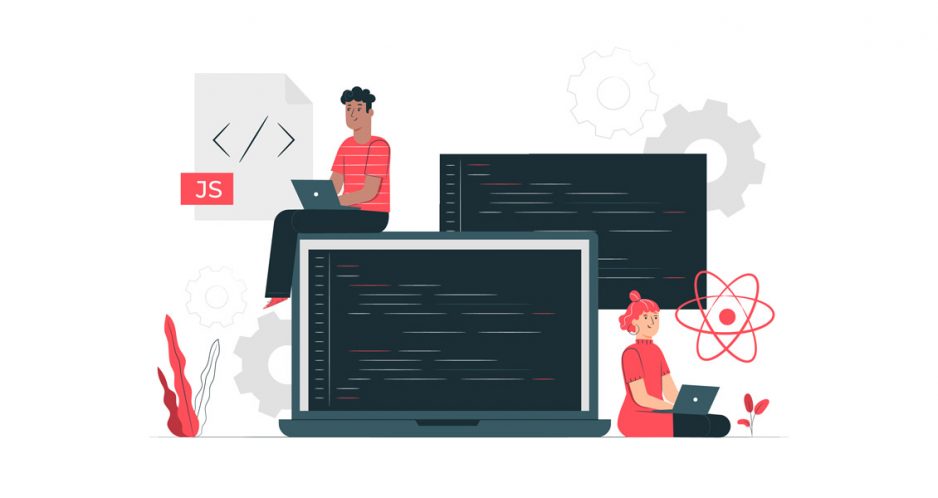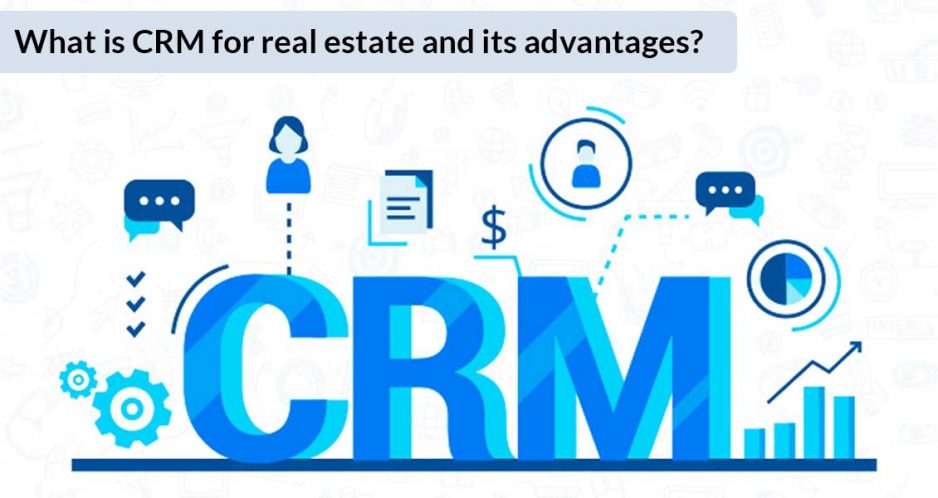“The healthcare enterprise software market is slated to top $8.2 billion by 2023, representing close to a quarter of the global healthcare information software industry’s $32 billion.” With these spellbound numbers, we have to question ourselves: where does medical software fit in?
From transfiguring health management to minimising the number of errors that strike hospitals, medical practice management software propounds many well-off benefits to customers looking to stimulate their digital migration aspirations.
- Greater patient satisfaction
Customer satisfaction is a widely-accepting formula for success, and with so many standing-in healthcare options available, a patient’s experience in your facilities is monumental. Efficiency and speed are indispensable for ensuring patient satisfaction; features like treatment histories and quick access to medical annals have become uncompromising.
Tools like integrated communications channels and automated scheduling, along with in-app reminders and messaging, consist of a seamless, prompt process – great bullet-points for customer satisfaction.
- Hospital and equipment management
Every year, hospitals are expanding and their operations are getting more composite. The global medical equipment market is predicted to reach $603.5 billion by the end of 2023, as healthcare equipment evolves to show off more coherent technology and expensive parts.
To maintain and govern these expensive assets, healthcare providers are circling to specialised medical software, designed to keep a check on operational expenses, automate inventory stocking, and make sure that imperative equipment are well-serviced.
- Patient monitoring
As our reliance devises more and more around the Internet of Things (IoT), wearable technology has unlatched the power of digital. Doctors can supervise their patients remotely, using software that permits them to inspect, consult and diagnose from a distance.
- Less paperwork
Nobody wants to deal with endless paper clips anymore, and it can be tiring for hospital personnel to sift through loads of paperwork. Healthcare software can help in making these files digitised and accessed at one click. It’s more convenient to refer to any old file in the future, with very little risk of misplacing any documentation. From doctor reports to prescriptions and even sick notes, healthcare professionals and patients alike can soon let paper get out of their system.
What kinds of healthcare software are there?
Healthcare software systems come with a large bag of advantages, from facilitating health management to lessening the risk of medication oversights. These technological advancements are key to health administration and operations, while also safeguarding better patient experiences.
Wondering which software is used by healthcare companies?
- Healthcare scheduling software
Scheduling check-ups, doctor appointments, operations, and medical procedures can be challanging, especially for large-scale institutions or understaffed spaces. A doctor taking a sick day or a patient delaying an appointment can make an outdated scheduling systeI more erratic. Healthcare scheduling software is designed to cater to anything schedule-related, including automating appointment reminders, performing follow-ups, patient bed allocations, procedure/surgery management, offering digital calendars where patients can select their dates.
- Medical billing software
Hospital finance departments need reliable, advanced invoicing and payment systems that sustain records of transactions and keep patients unfronted on their dues. This inherent component of healthcare software infrastructure helps hospitals in invoicing patients and instituting claims from medical insurance providers, saving on administrative costs, ensuring regulatory compliance and maintaining an accurate record of financial transactions.
To ensure that the best-fitting healthcare software is at the service for your business, it’s worth considering designing your own custom solution. By working closely with a competent team of developers, you’ll build software that truly caters to your institution’s needs and hardships. You can function more efficiently, get hold of new technologies and features with much competence, and, as a result, support your business’s growth for a longer future.





